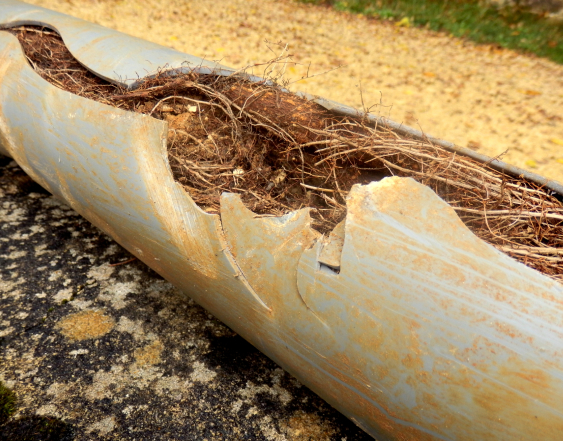Trees are a stunning addition to any garden, street, or community space. Their vibrant colours, diverse textures, and general visual appeal bring much-needed cheer to our daily lives. Beyond their beauty, trees are essential to our wellbeing. They provide oxygen, store carbon, stabilise soil, and support wildlife. Additionally, they supply materials for tools and shelter. However, trees can sometimes interfere with our drainage systems.
Tree roots that penetrate deep into the ground can surround drainpipes. While this usually does not cause issues, problems can arise when roots wrap around and squeeze old pipes with joints or entangle with shallow or small pipes. If a drainpipe has a crack, tree roots can infiltrate, thrive, and create a host of problems.
If you suspect tree roots are to blame for slow drainage issues in your home, you will find this article useful as we will cover the signs and solutions for tree root invasion as well as some other useful information.

